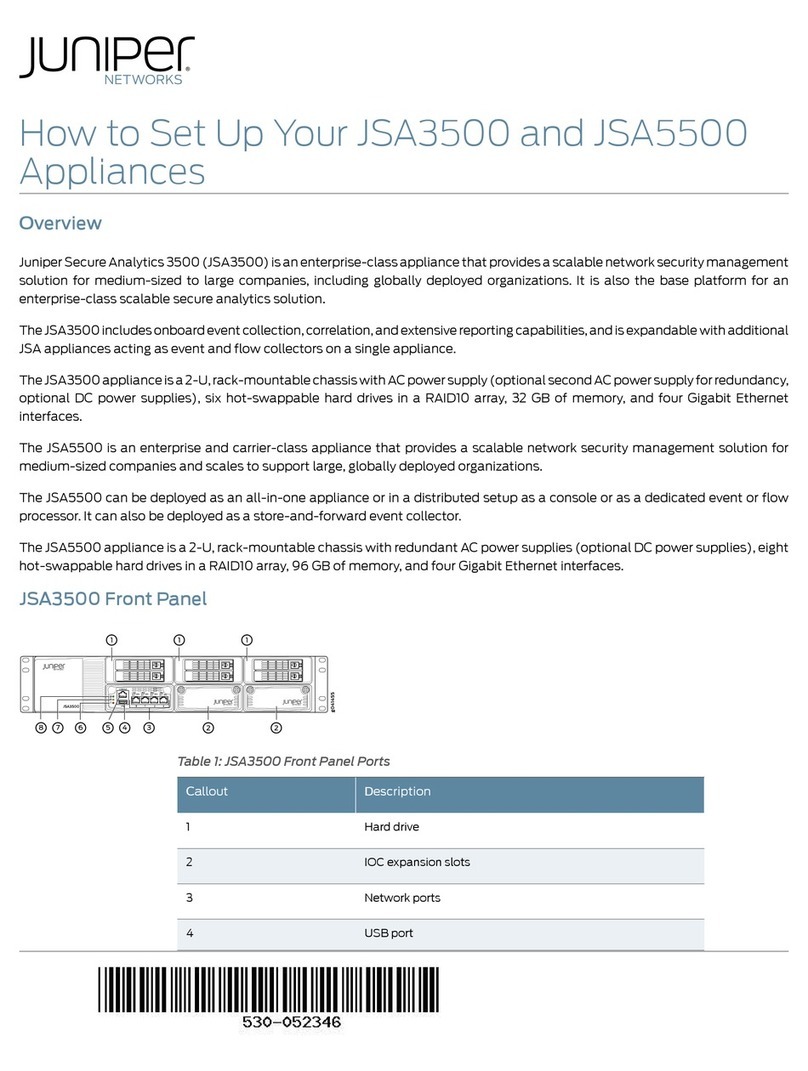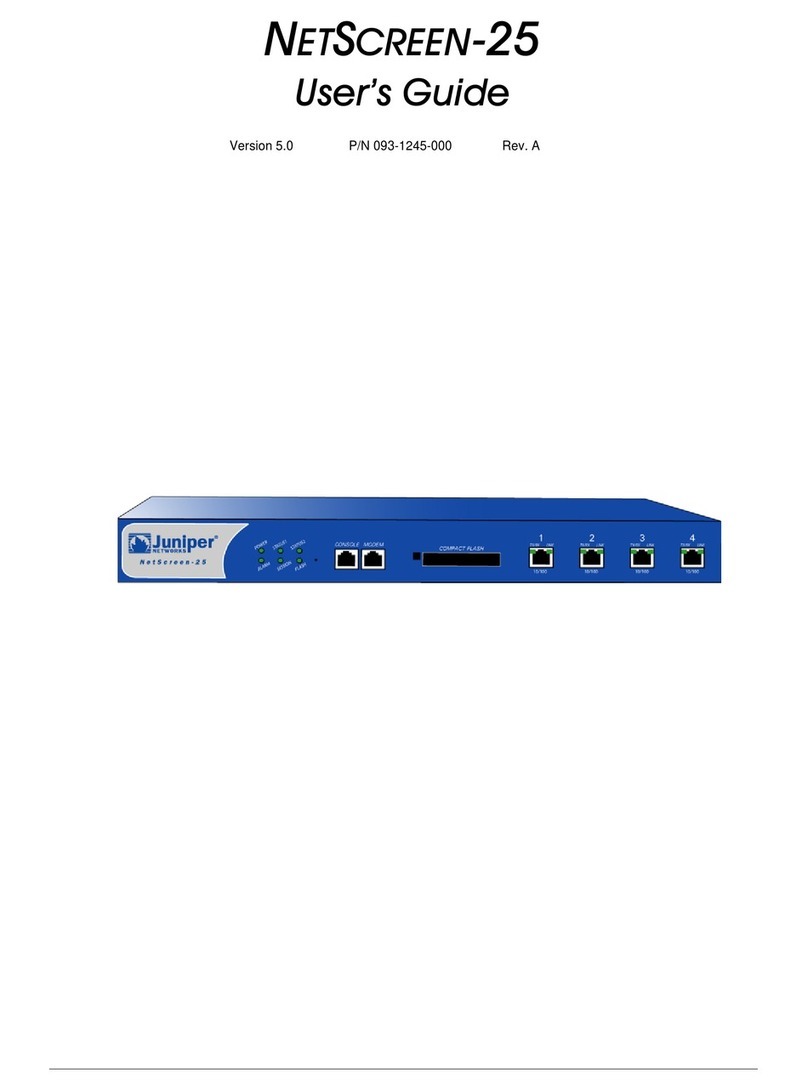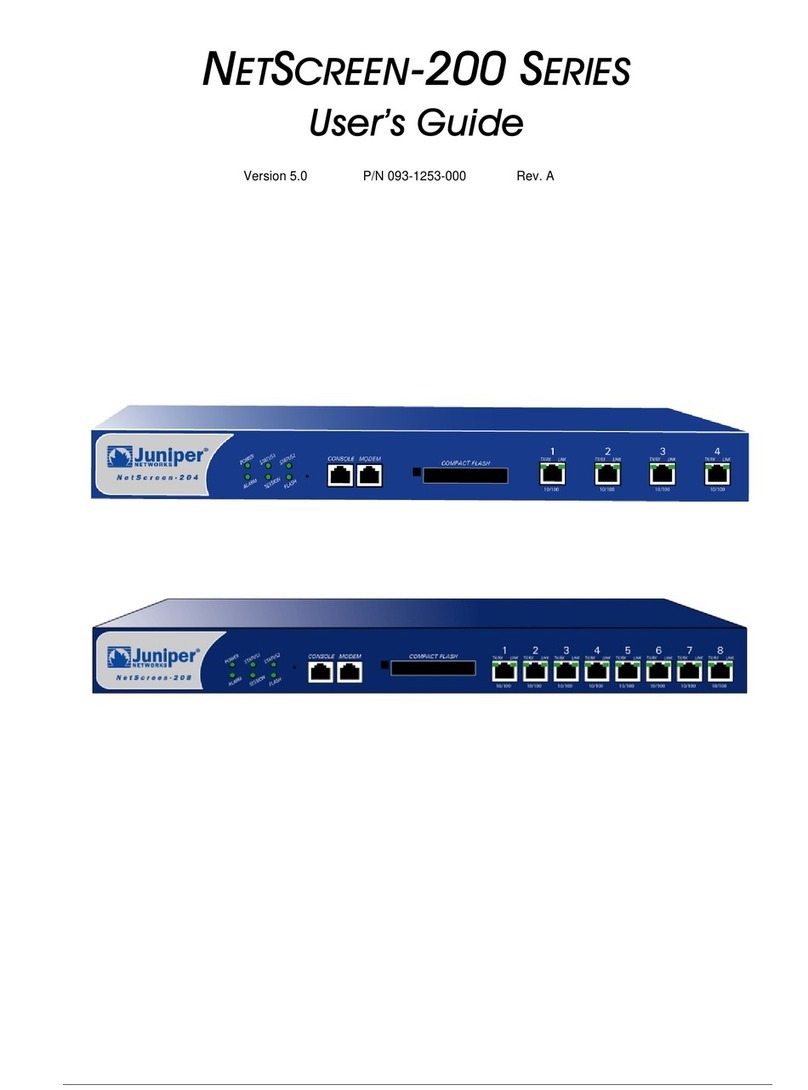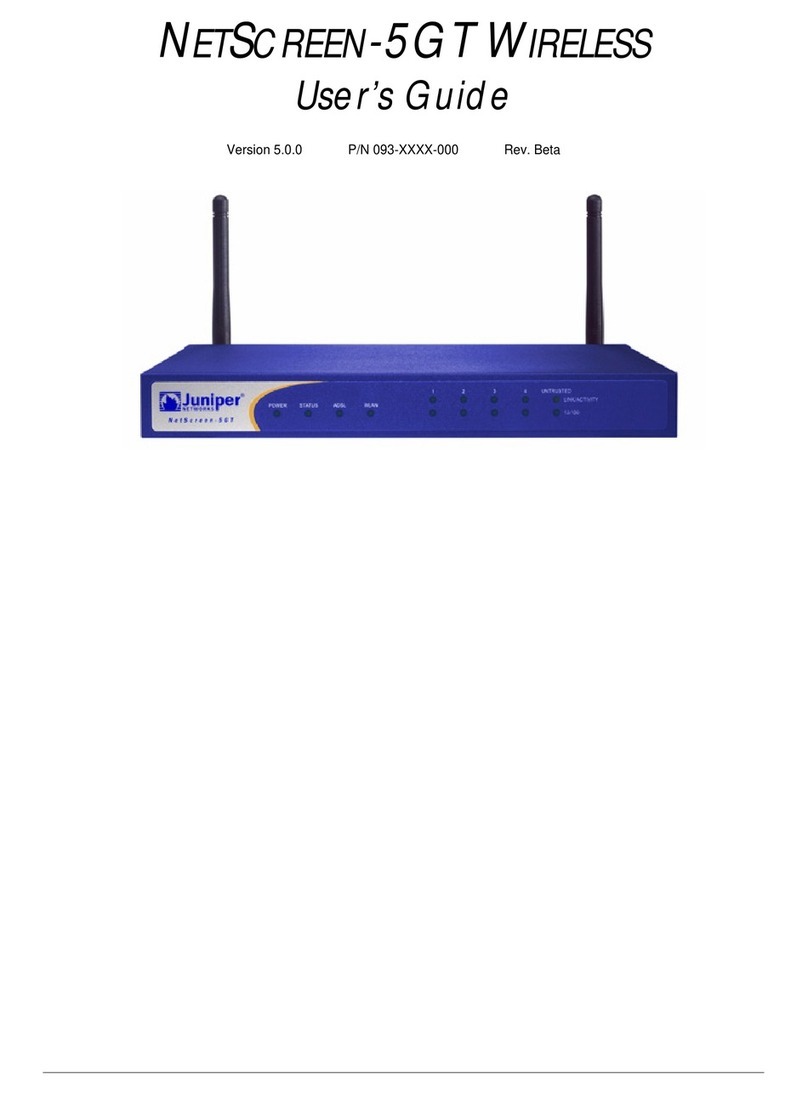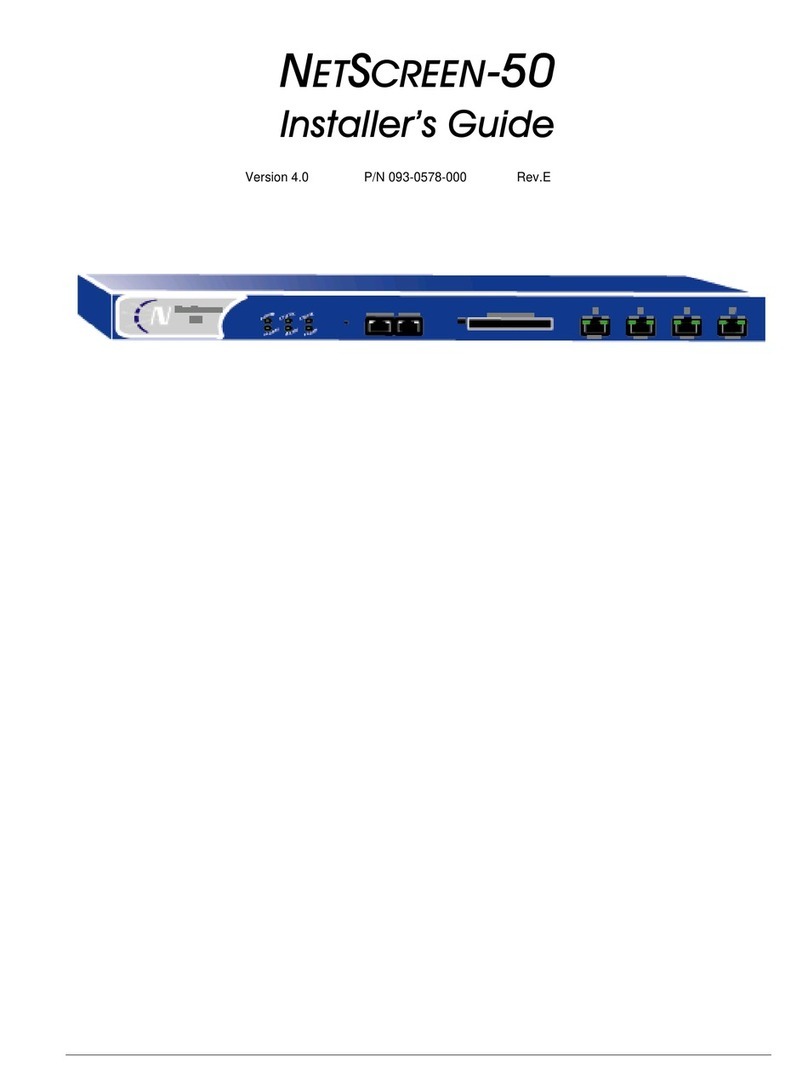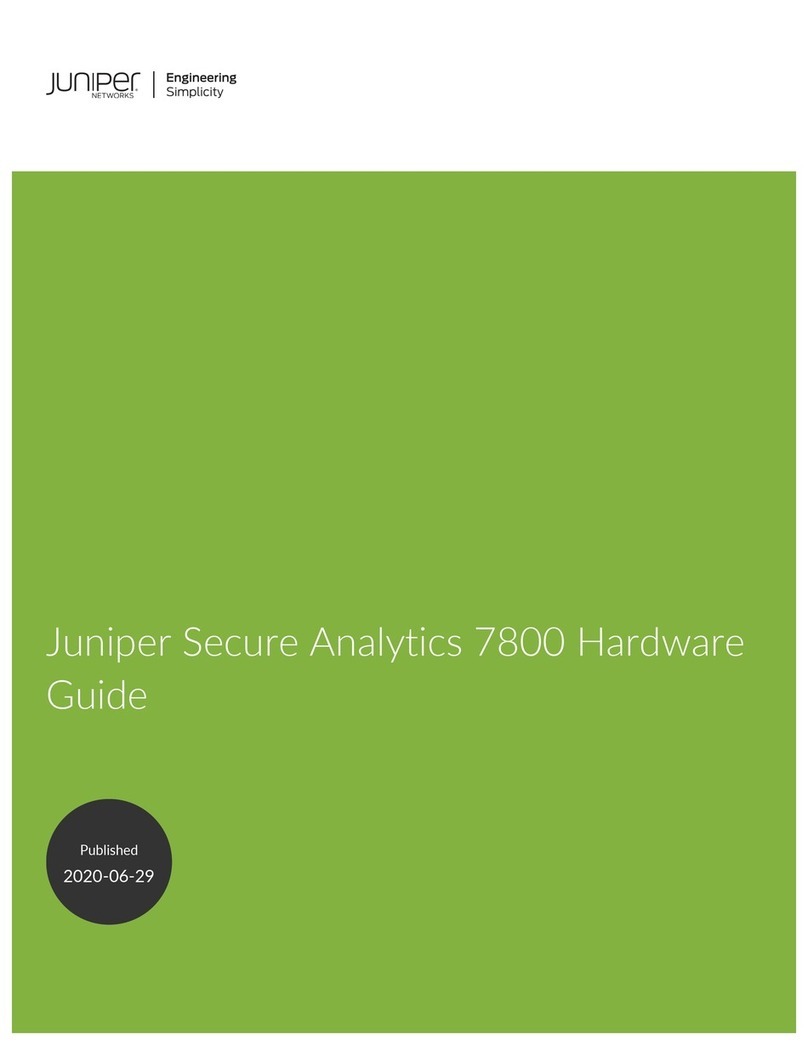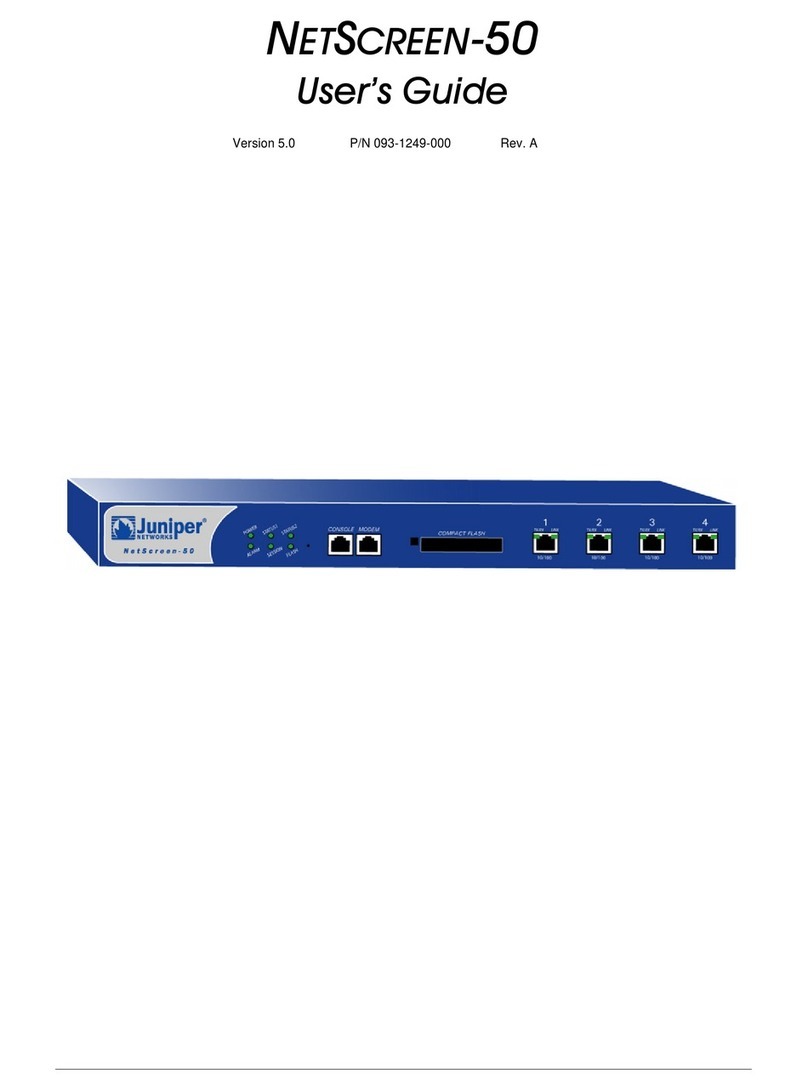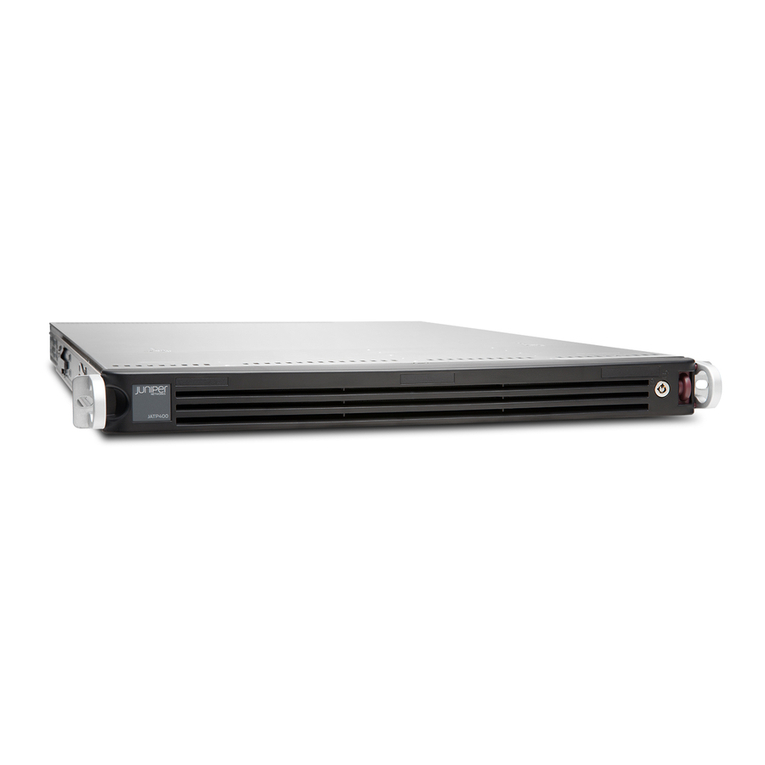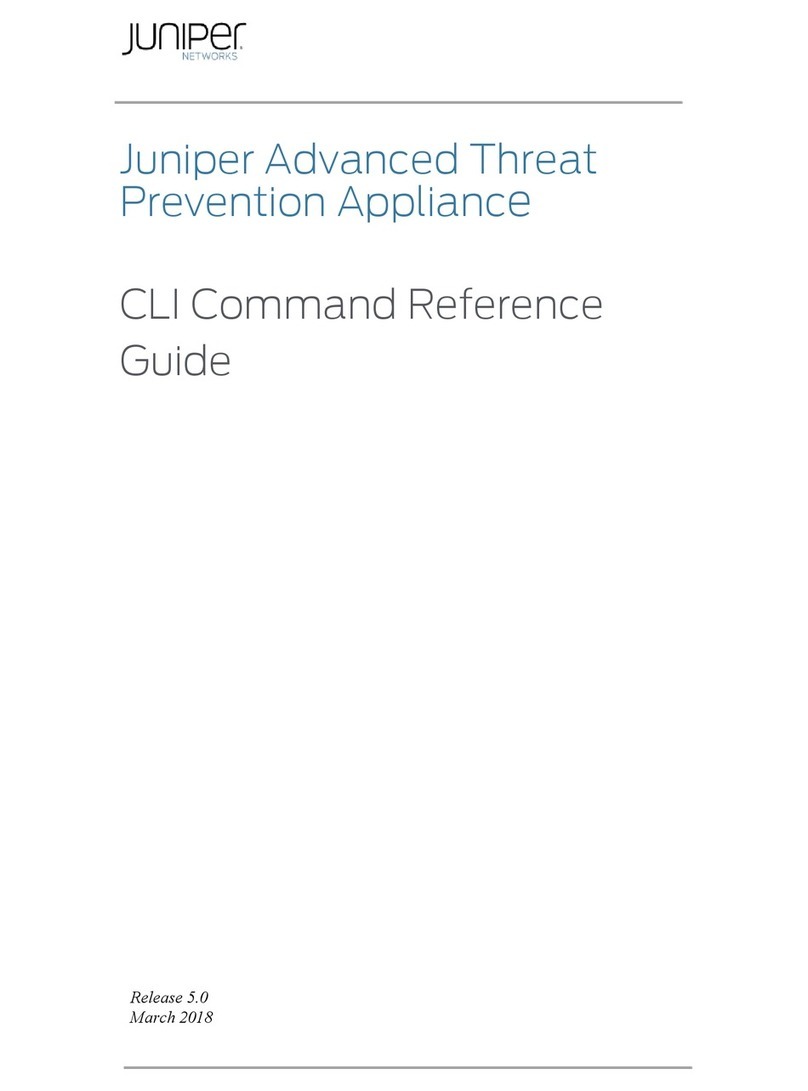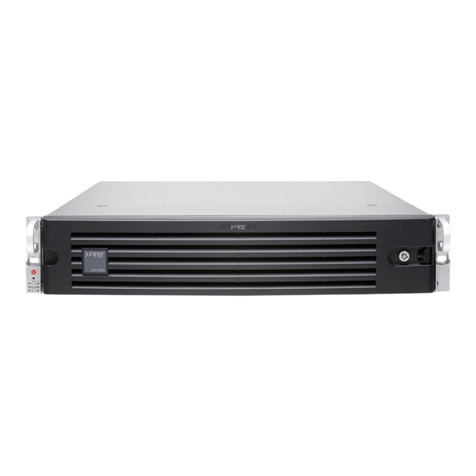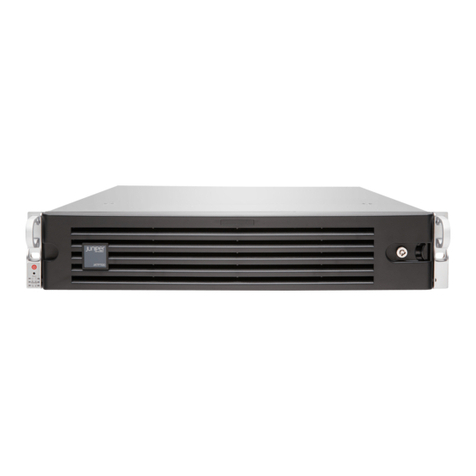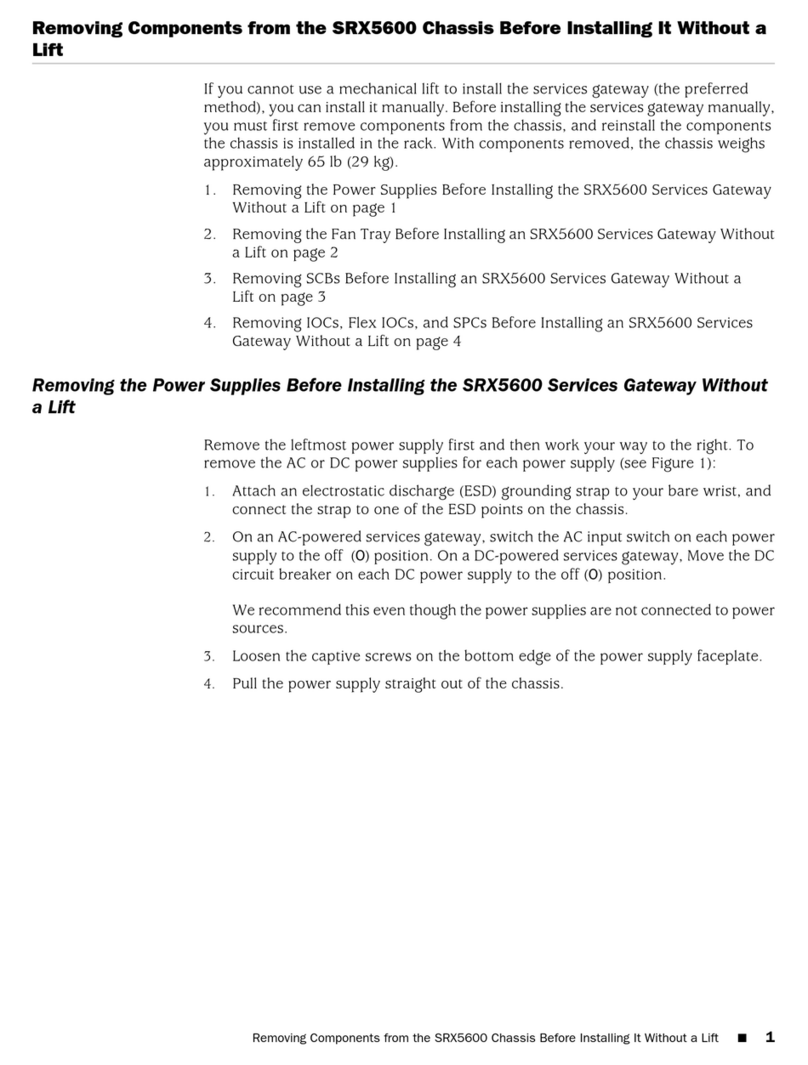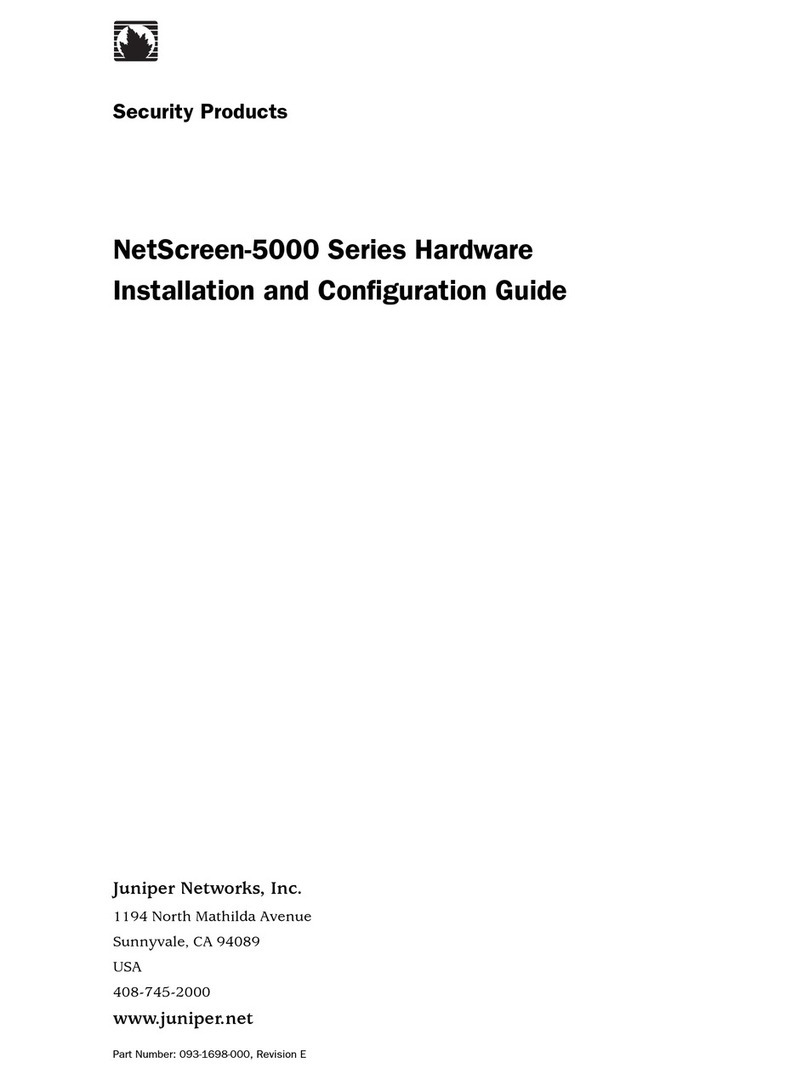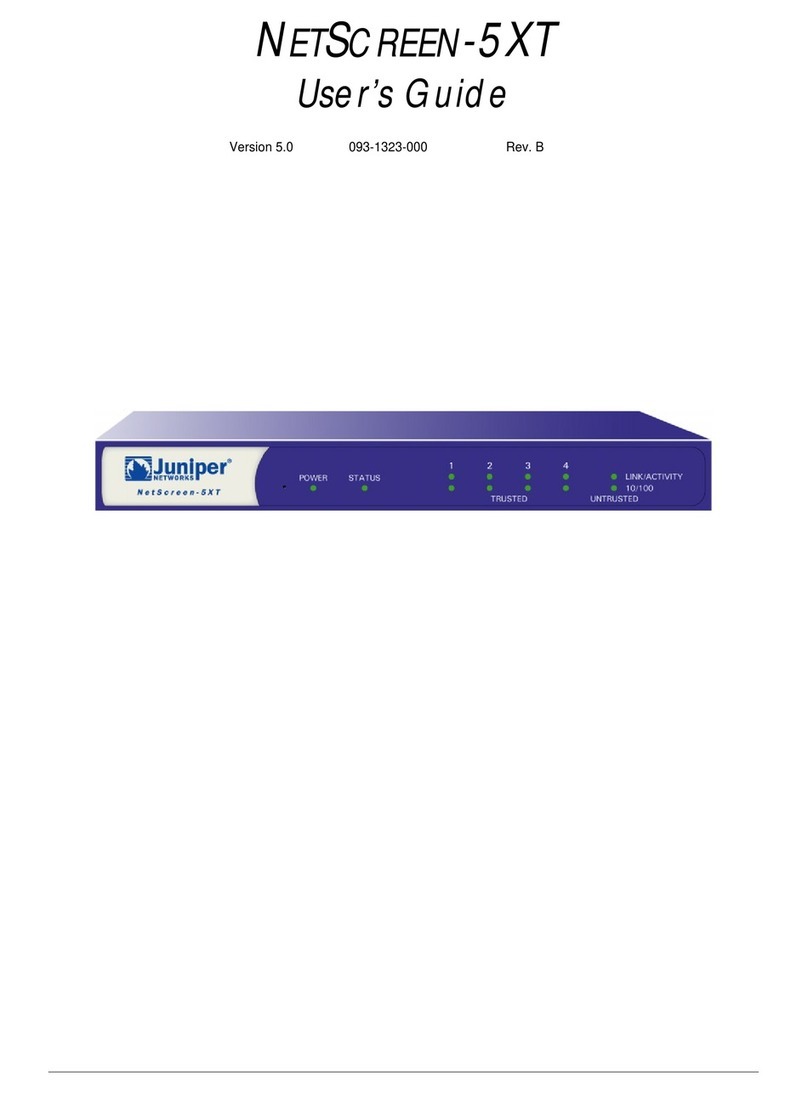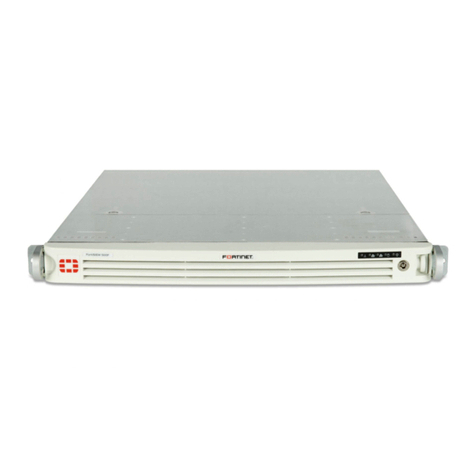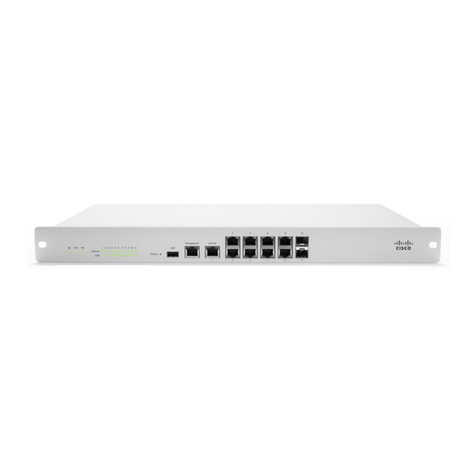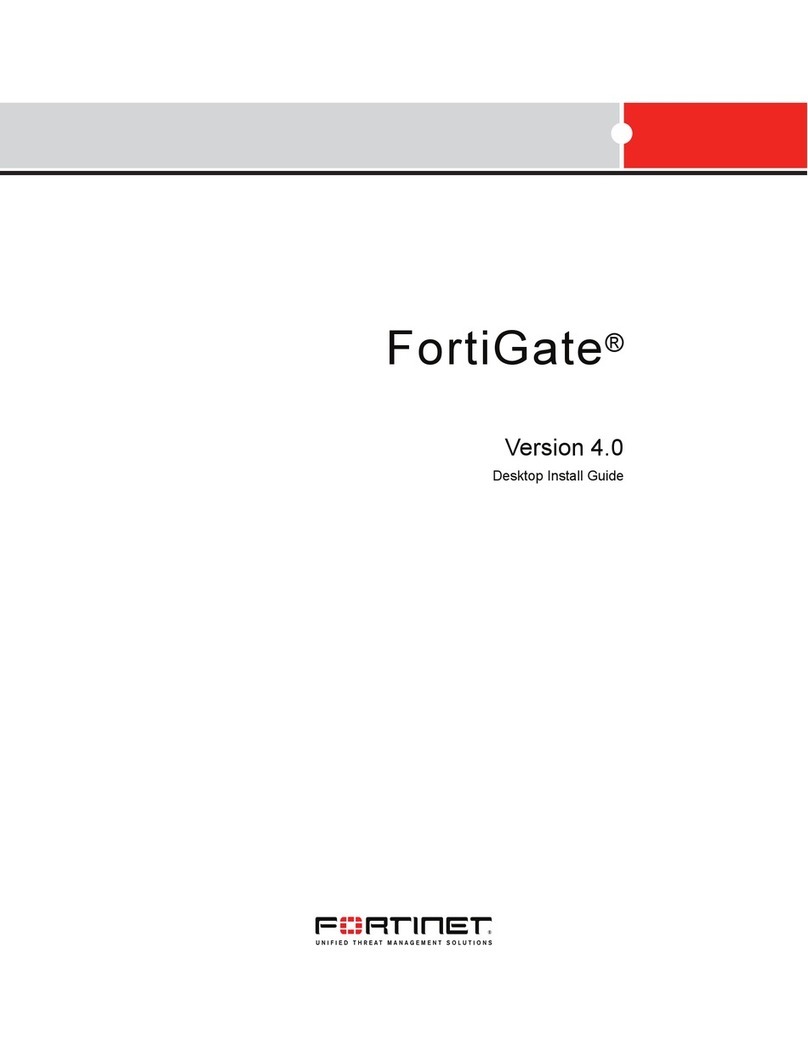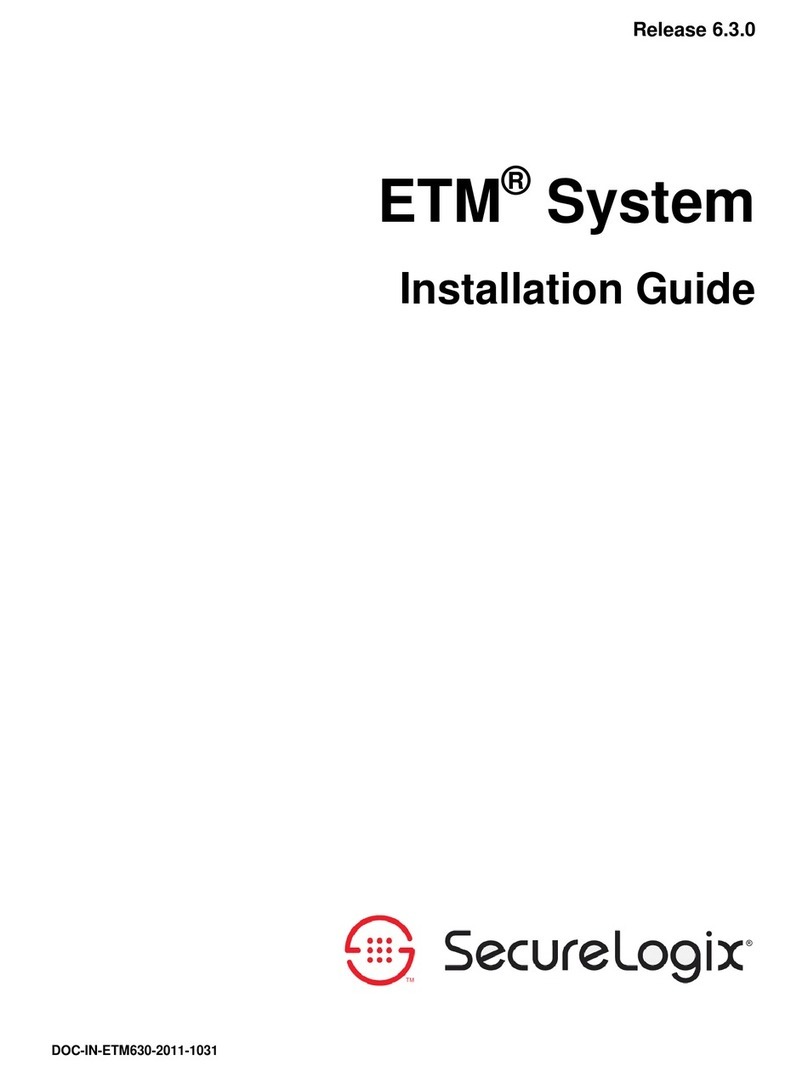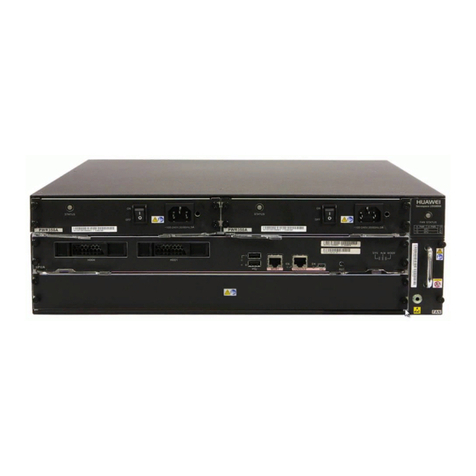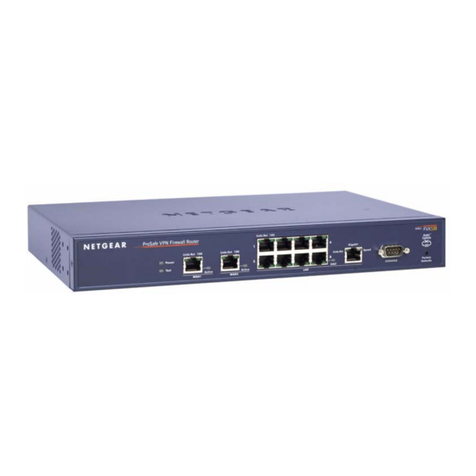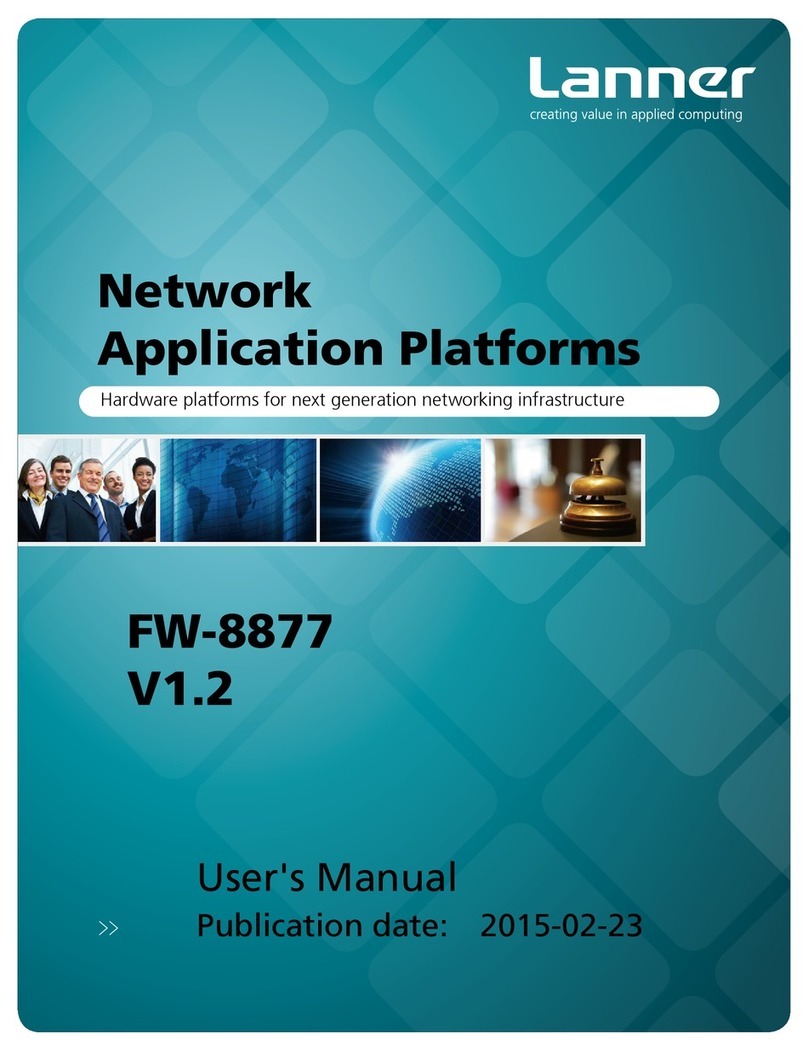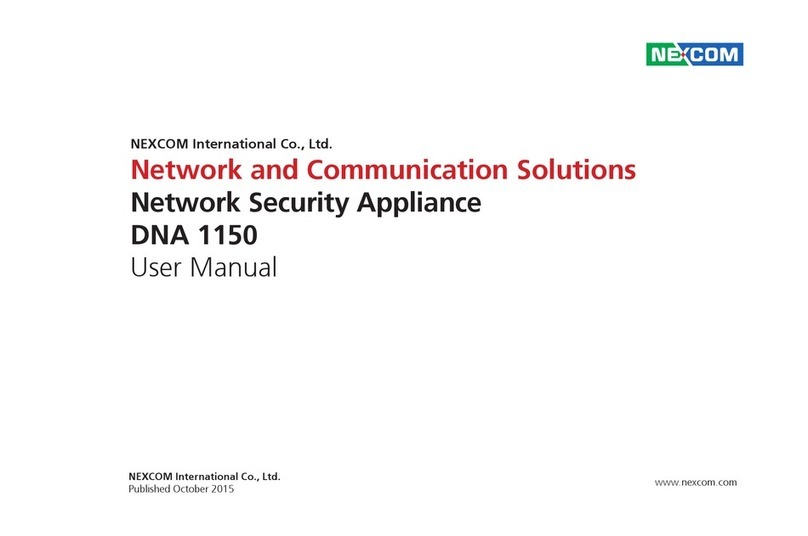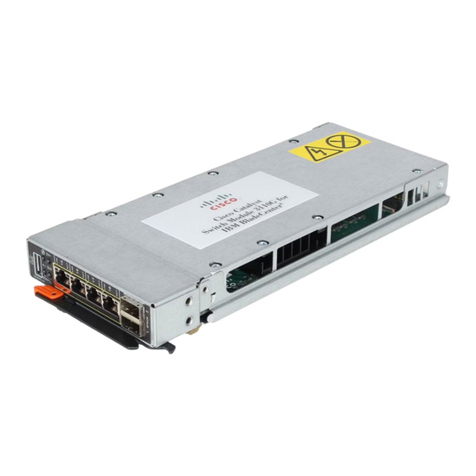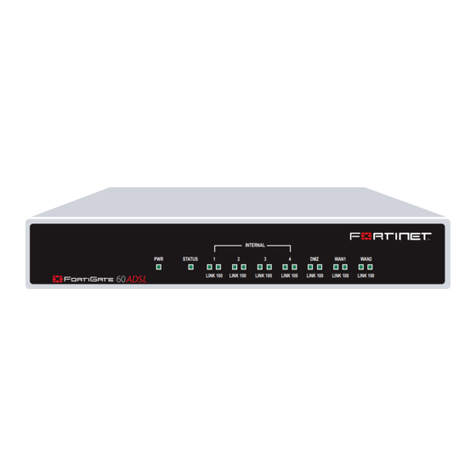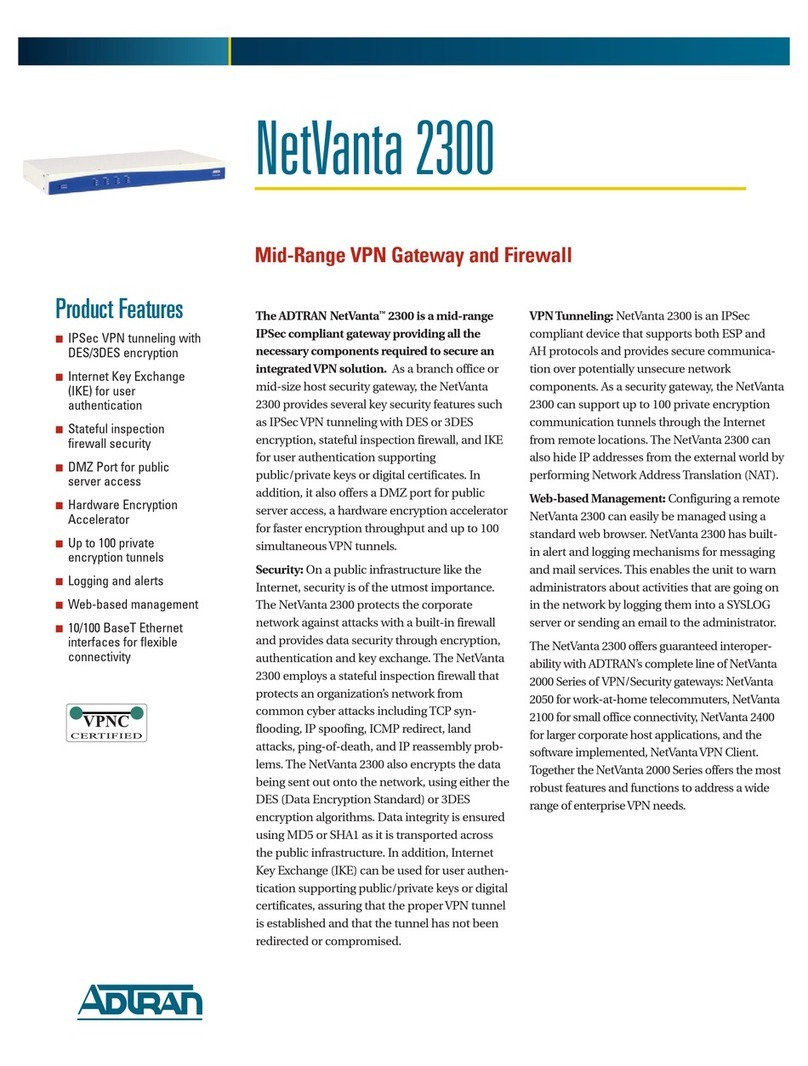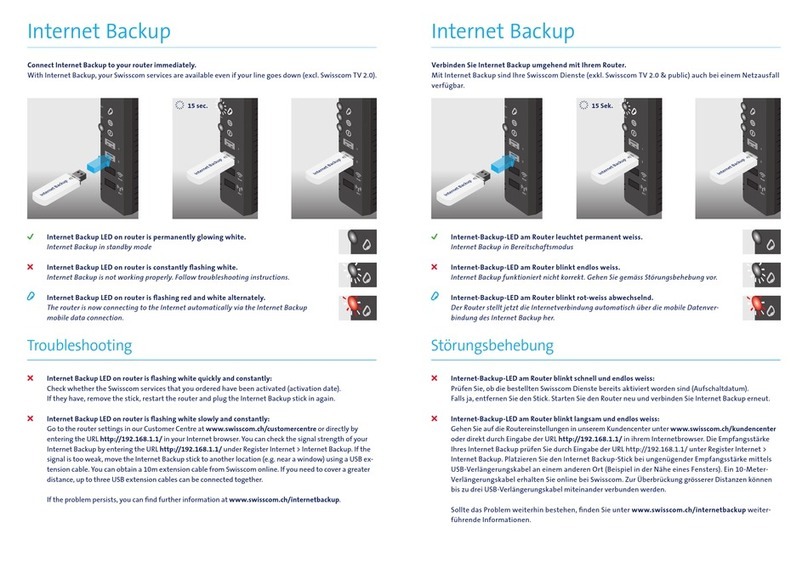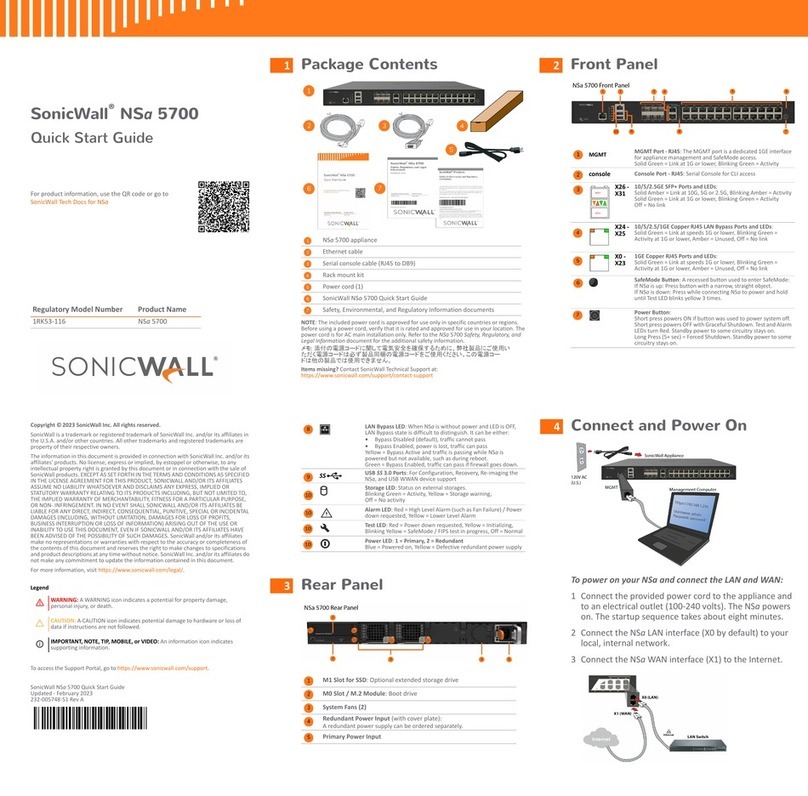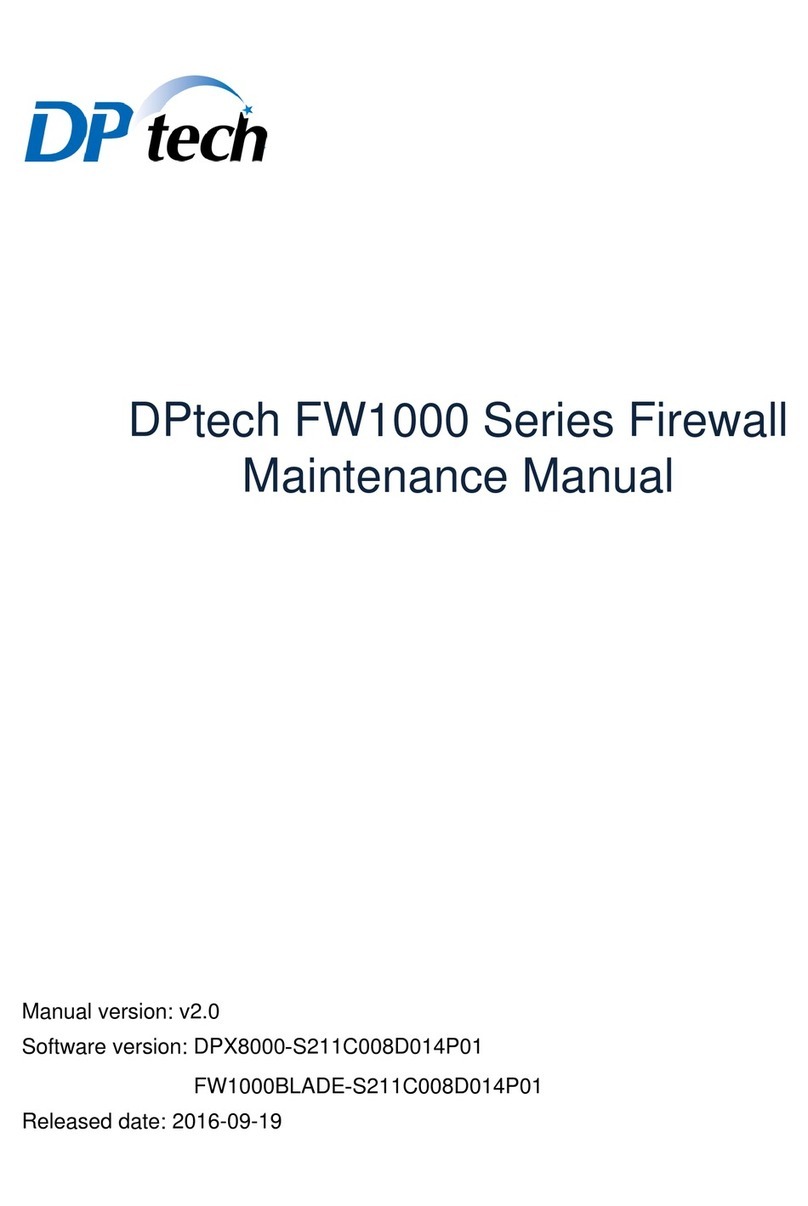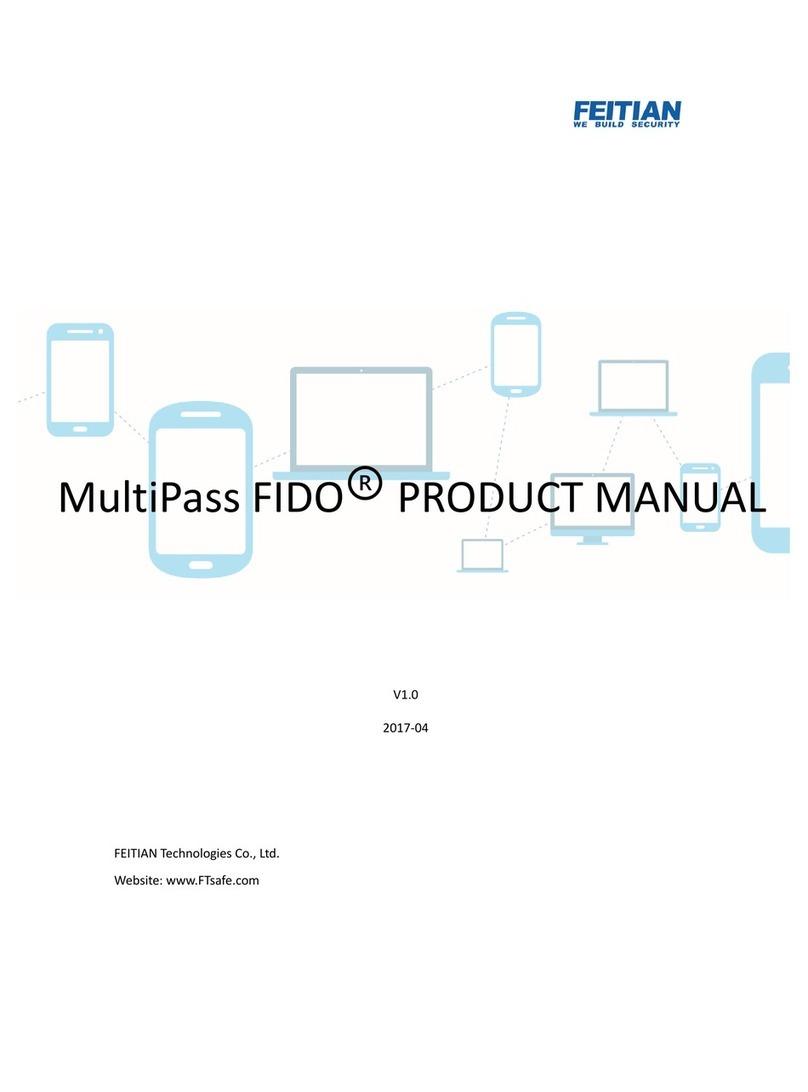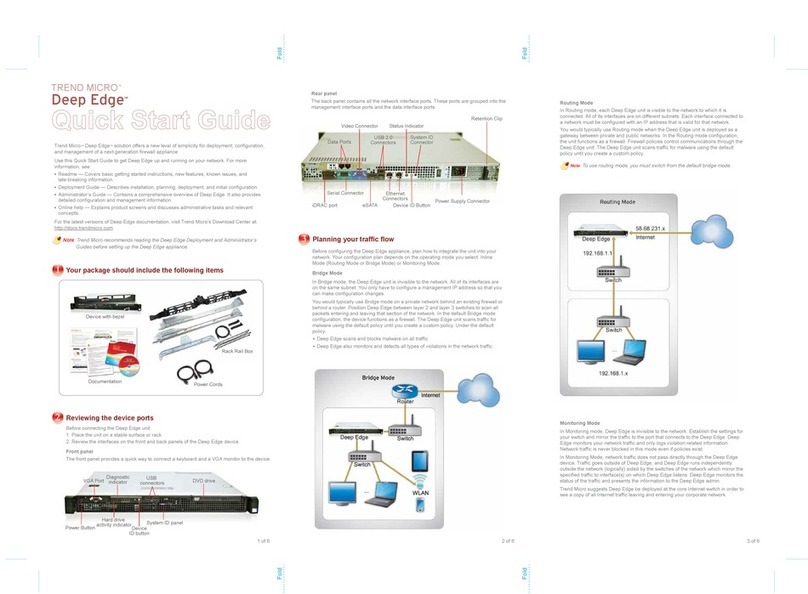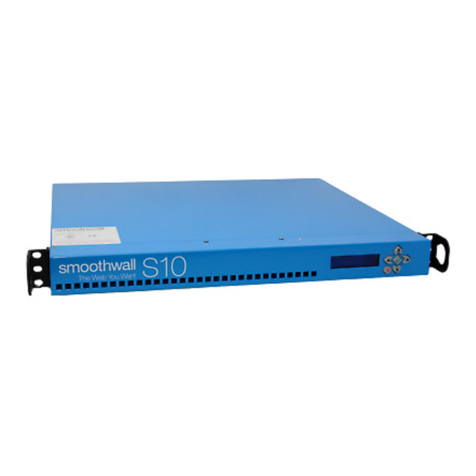
Copyright Notice
NetScreen, NetScreen Technologies, GigaScreen, and the
NetScreen logo are registered trademarks of NetScreen
Technologies, Inc. NetScreen-5XP, NetScreen-5XT, NetScreen-25,
NetScreen-50, NetScreen-100, NetScreen-204, NetScreen-208,
NetScreen-500, NetScreen-1000, NetScreen-5200, NetScreen-
5400, NetScreen-Global PRO, NetScreen-Global PRO Express,
NetScreen-Remote Security Client, NetScreen-Remote VPN
Client, NetScreen-IDP 100, NetScreen-IDP 500, GigaScreen ASIC,
GigaScreen-II ASIC, and NetScreen ScreenOS are trademarks of
NetScreen Technologies, Inc. All other trademarks and registered
trademarks are the property of their respective
companies.Information in this document is subject to change
without notice.
No part of this document may be reproduced or transmitted in any
form or by any means, electronic or mechanical, for any purpose,
without receiving written permission from
NetScreen Technologies, Inc.
350 Oakmead Parkway
Sunnyvale, CA 94085 U.S.A.
www.netscreen.com
FCC Statement
The following information is for FCC compliance of Class A
devices: This equipment has been tested and found to comply with
the limits for a Class A digital device, pursuant to part 15 of the
FCC rules. These limits are designed to provide reasonable
protection against harmful interference when the equipment is
operated in a commercial environment. The equipment generates,
uses, and can radiate radio-frequency energy and, if not installed
and used in accordance with the instruction manual, may cause
harmful interference to radio communications. Operation of this
equipment in a residential area is likely to cause harmful
interference, in which case users will be required to correct the
interference at their own expense.
The following information is for FCC compliance of Class B
devices: The equipment described in this manual generates and
may radiate radio-frequency energy. If it is not installed in
accordance with NetScreen’s installation instructions, it may cause
interference with Radio and television reception. This equipment
has been tested and found to comply with the limits for a Class B
digital devices in accordance with the specifications in part 15 of
the FCC rules. These specifications are designed to provide
reasonable protection against such interference in a residential
installation. However, there is no guarantee that interference will
not occur in a particular installation.
If this equipment does cause harmful interference to radio or
television reception, which can be determined by turning the
equipment off and on, the user is encouraged to try to correct the
interference by one or more of the following measures:
• Reorient or relocate the receiving antenna.
• Increase the separation between the equipment and
receiver.
• Consult the dealer or an experienced radio/TV technician
for help.
• Connect the equipment to an outlet on a circuit different
from that to which the receiver is connected.
Caution: Changes or modifications to this product could void the
user's warranty and authority to operate this device.
Disclaimer
THE SOFTWARE LICENSE AND LIMITED WARRANTY FOR
THE ACCOMPANYING PRODUCT ARE SET FORTH IN THE
INFORMATION PACKET THAT SHIPPED WITH THE
PRODUCT AND ARE INCORPORATED HEREIN BY THIS
REFERENCE. IF YOU ARE UNABLE TO LOCATE THE
SOFTWARE LICENSE OR LIMITED WARRANTY, CONTACT
YOUR NETSCREEN REPRESENTATIVE FOR A COPY.
